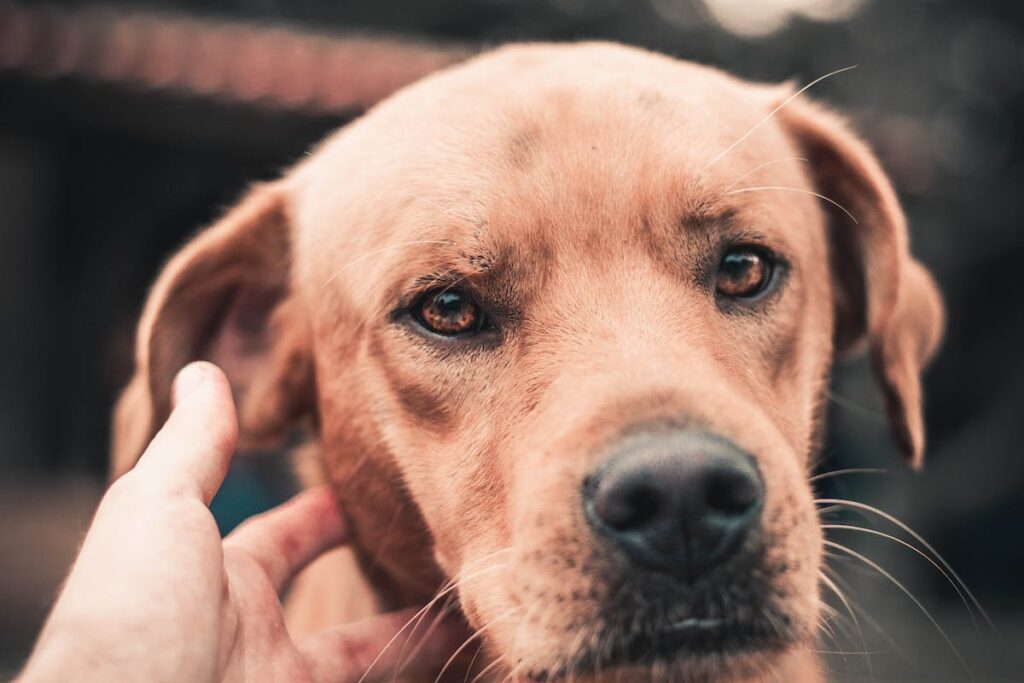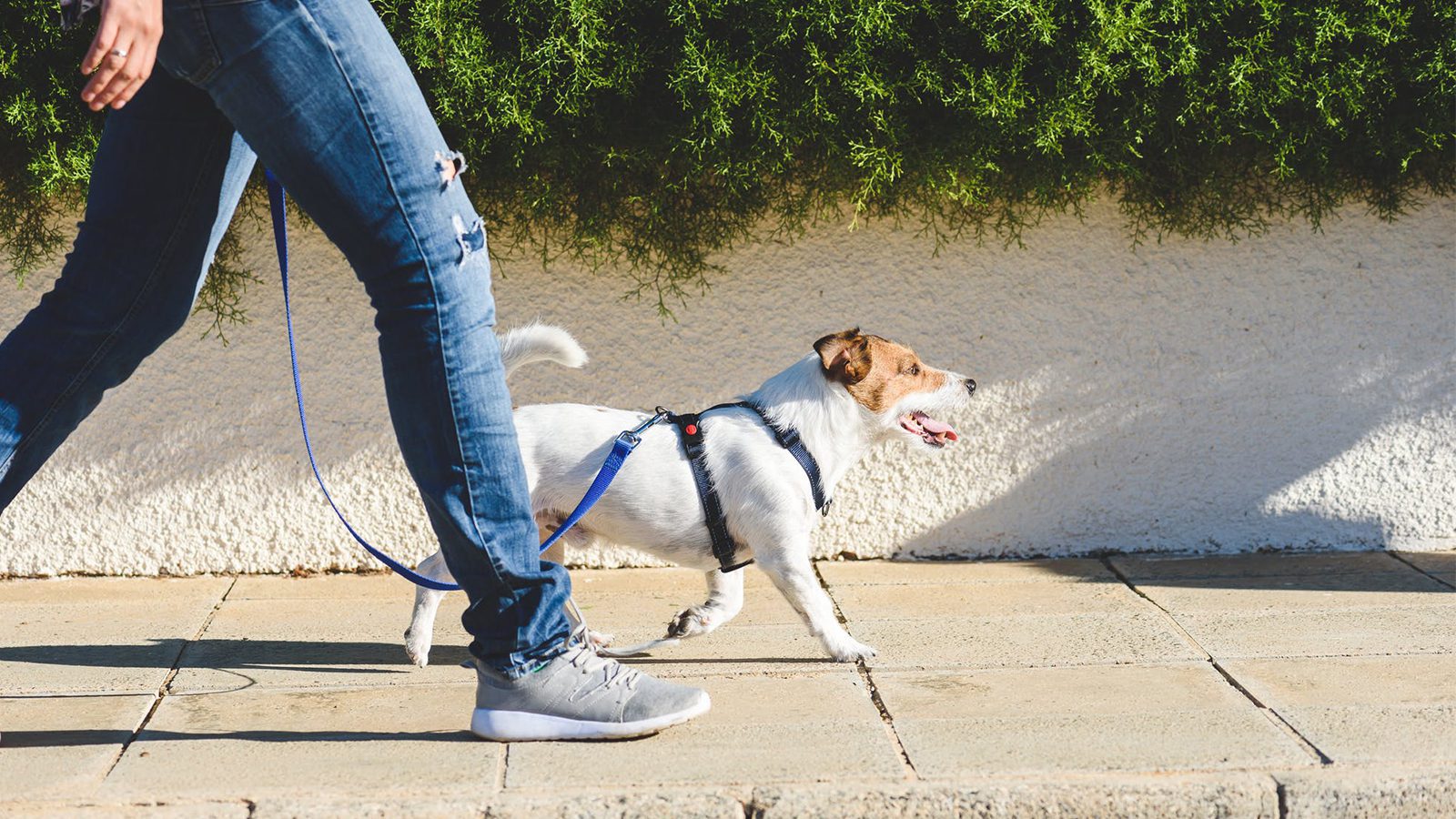The Jindo Dog Breed: A Fascinating Companion
Known for their loyalty, intelligence, and beautiful appearance, Jindo dogs are a popular breed that originated in South Korea. With a rich history and unique characteristics, they make exceptional companions for discerning dog owners. In this comprehensive guide, we will delve into the world of Jindo dogs, exploring their history, temperament, care requirements, and more.
1. History of the Jindo Dog Breed
The Jindo breed traces its roots back to Jindo Island, located off the southwest coast of South Korea. These dogs were primarily used for hunting and guarding purposes but later gained recognition for their unwavering loyalty and strong protective instincts.
Legend has it that the Jindo breed was created when a ship carrying a group of dogs sank near Jindo Island. The surviving dogs swam ashore and bred with the local population, resulting in the birth of the Jindo breed as we know it today.
2. Physical Characteristics
With a well-defined muscular build, the Jindo dog embodies strength and agility. They have a sturdy frame and a medium to a large-sized body, making them suitable for various activities, including hunting and outdoor sports.
Their coat is thick and double-layered, offering protection against harsh weather conditions. Common coat colors include white, red, fawn, and brindle. The Jindo breed also boasts a distinct tail curl, which contributes to their elegant appearance.
3. Temperament and Personality Traits
One of the key traits of a Jindo dog is their unwavering loyalty and strong bonds with their owners. They are known to be fiercely protective of their loved ones, making them excellent guard dogs.
Jindo dogs are highly intelligent, making training relatively easy. However, they also have a strong independent streak and may display stubborn behavior if not properly socialized from a young age.
While they can be aloof with strangers, Jindo dogs form strong attachments with their family members. They thrive on affection and require regular mental and physical stimulation to prevent boredom and potential behavioral issues.
4. Exercise and Training
Due to their high energy levels, Jindo dogs require plenty of exercise to keep them mentally and physically stimulated. Regular walks, playtime, and engaging activities such as agility training or retrieving games are essential for their well-being.
Training should start at an early age to establish boundaries and reinforce positive behaviors. Socialization is crucial to ensure that Jindo dogs are comfortable around other animals and unfamiliar people.
5. Health and Care
Generally, Jindo dogs are considered a healthy breed with a long lifespan, ranging from 12 to 15 years. However, like all dogs, they are prone to certain health conditions, including:
- Hip dysplasia
- Cataracts
- Allergies
- Patellar luxation
To ensure the well-being of your Jindo companion, regular veterinary check-ups, a balanced diet, and preventive measures against parasites are essential. Grooming-wise, they require brushing once or twice a week to maintain their coat’s health and cleanliness.
6. Choosing a Jindo Dog
If you’re considering adding a Jindo dog to your family, it’s important to find a reputable breeder or consider adopting from a rescue organization. Take the time to research and learn about the breed, ensuring that their temperament and energy levels align with your lifestyle.
When interacting with potential Jindo puppies or adult dogs, observe their behavior and temperament to determine compatibility. A well-socialized and properly trained Jindo dog can bring immense joy and loyalty to your life.
Conclusion
In conclusion, Jindo dogs are a remarkable breed with a rich history and exceptional qualities. Their unwavering loyalty, intelligence, and beautiful appearance make them stand out among other dog breeds. With proper training, care, and affection, a Jindo dog can be a faithful and loving companion for years to come.



